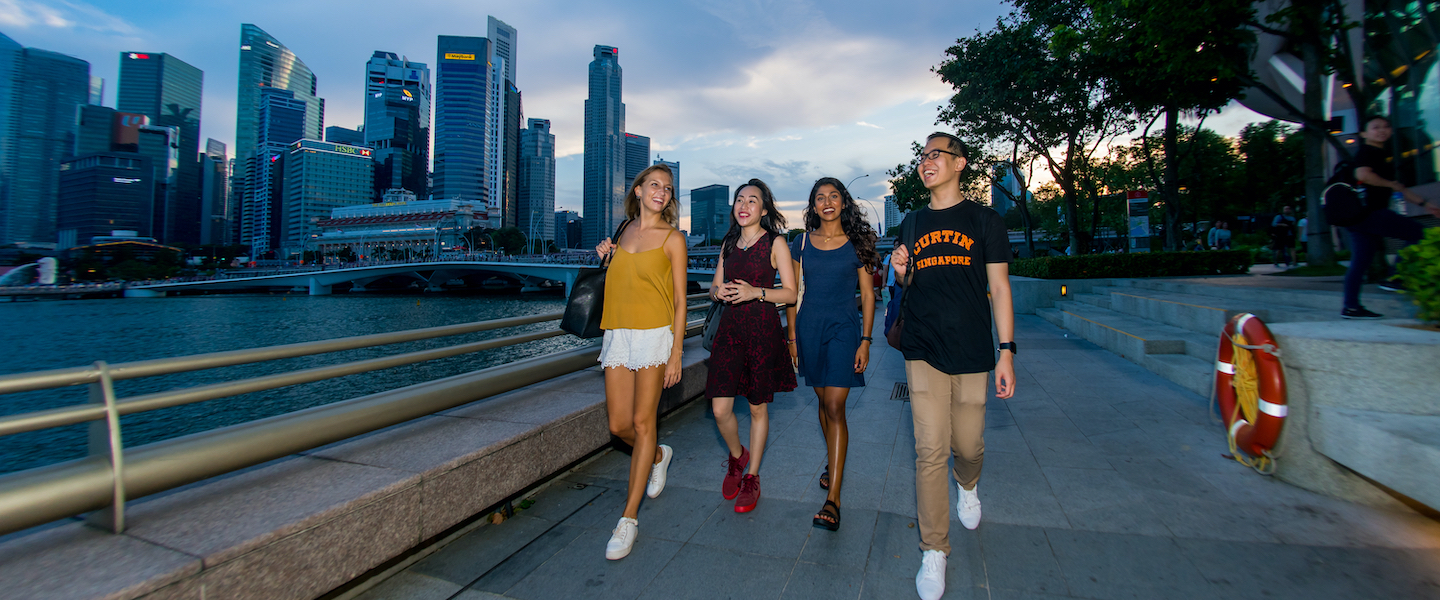
The Paradox of COVID-19 for Australian International Education

This early action, and the subsequent closure of our international borders, were critical first lines of defence in our fight against the coronavirus. The government has done an exceptional job.
As a sector that relies on the global mobility of people across borders, the measures that have protected us from the coronavirus pandemic have brought international education to a standstill.
Paradoxically, these measures could also give us a significant competitive advantage going forward. A survey of almost 400 education agents across 63 countries in the Navitas network reveals that the Morrison government’s handling of the coronavirus crisis has made Australia a more attractive study destination (second only to New Zealand on this score).
Agents also report that Australia’s reputation as a safe place to live and study has in fact improved over the last couple of months (off a high bar no less). This result is no mean feat, and an especially timely achievement.
In 2019, there were clear signs that Australia was facing strong competition from a seemingly unassailable Canada, a resurgent UK, and the perennial leader in the US. As those countries, continue to face significant disruption, there is now a real and rare opportunity to attract the smartest and brightest talent (typically inclined towards universities in the US or the UK) to Australian institutions.
As an industry that supports hundreds of thousands of jobs in Australia, the economic value created by international education is now more important than ever. But I passionately believe that international students offer Australia so much more than mere export revenue. They enrich our cultural (and culinary) diversity and they provide the skills and abilities for all manner of jobs, from the least sought after to the essential.
More than that, they are a vibrant and vital part of our social fabric, as we have seen this year during the bushfires and the coronavirus pandemic, where migrants have been front and centre protecting and supporting local communities. Their ubiquity allows us to take them for granted, so at times like these we need to be reminded of how important they are.
I don’t envy the federal and state governments’ task as they balance the need to protect the population from coronavirus with their responsibility to protect jobs and support the economy. As a sector, we understand that health is paramount. We’ve come to terms with the fact that we are unlikely to see any large-scale border reopening for international students for the remainder of this year. What we need to see soon, however, is proactive engagement between governments, health authorities and the sector so that we can plan for the future and capitalise on the credit Australia has earned from its handling of the pandemic.
I see three elements to this.
Firstly, the safe transition back to face-to-face learning on campus (which is of course what international students come here for).
Secondly, we need to collectively establish a “COVID safe corridor” to allow for the safe arrival and transition of international students back into our communities. Almost 90 per cent of our agents report that international students would have no objection to measures considered necessary to facilitate this, such as 14-day quarantine on arrival.
Finally, the government needs to fully resume visa processing well in-advance of borders reopening to help students affirm their decision to study in Australia and facilitate the revival of the sector.
We know that the paradoxical competitive advantage Australia has gained from its handling of the coronavirus pandemic has an expiration date. Its strength in the market will diminish if there is ongoing uncertainty around when and how Australia opens its borders. So, we need to work together, patiently and cautiously, on plans to safely welcome international students to our shores in 2021.



